Search for lenses, articles and help
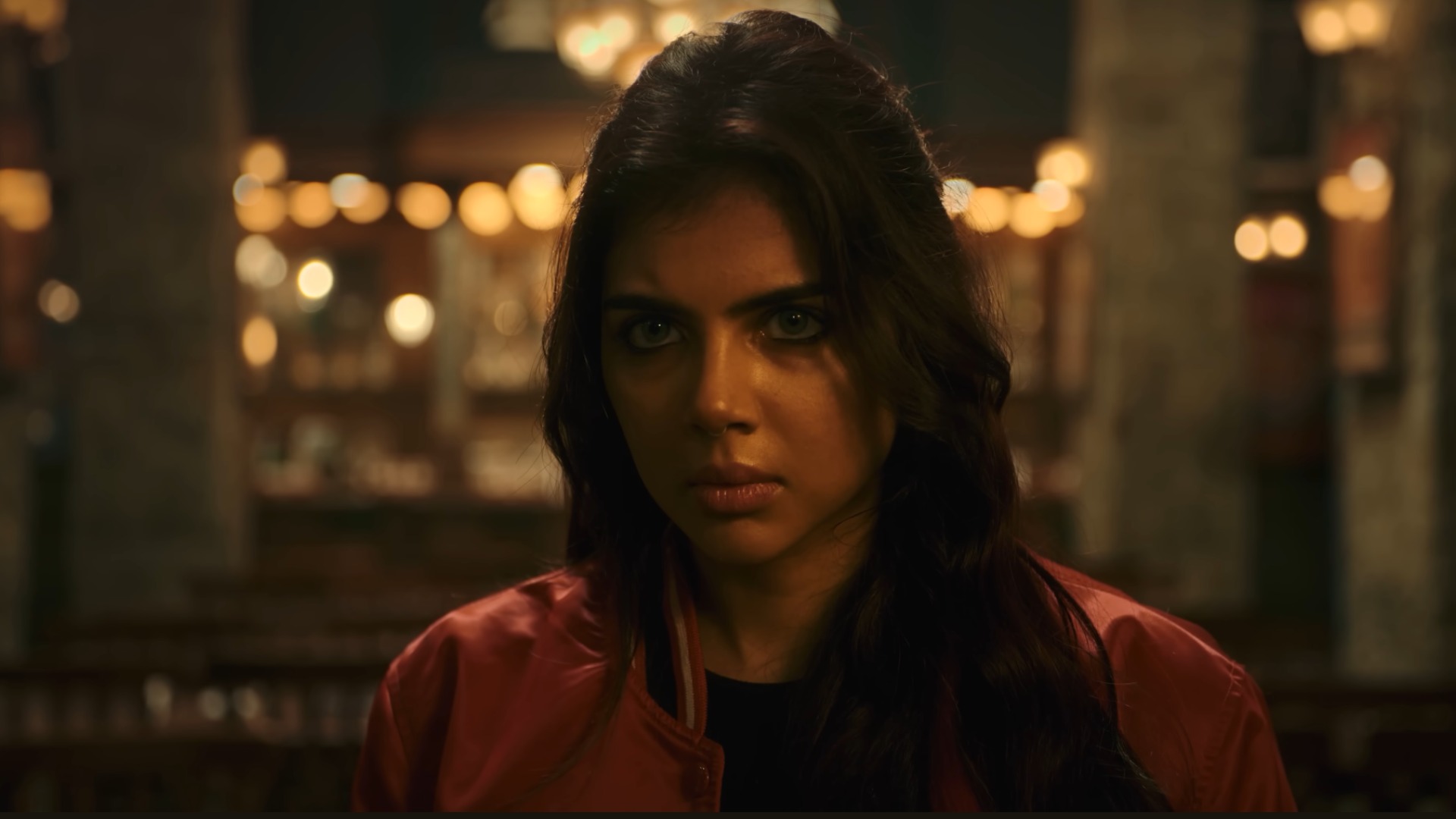
Currently ruling the Indian box office, Lokah Chapter One: Chandra, directed by Dominic Arun and produced by Dulquer Salmaan, has become a cinematic sensation. Much of the conversation has centered on its striking visual language, crafted by cinematographer Nimish Ravi, whose work has elevated the superhero genre into something uniquely rooted in Indian storytelling. What makes the film especially significant is its female-led superhero narrative—a rarity in Indian cinema. By anchoring a larger-than-life genre with a woman at its core, Lokah not only breaks convention but also places emotion, vulnerability, and cultural depth at the forefront, rather than relying solely on spectacle.
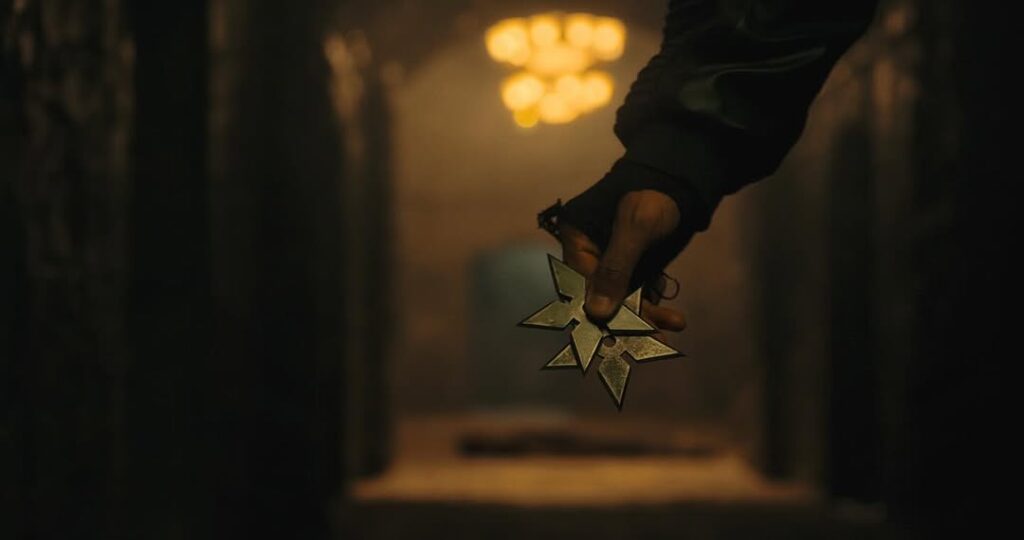
From his school days, Nimish Ravi knew he was not cut out to be an engineer or doctor. His heart was already set on images and stories—experimenting with short videos and later convincing his parents to let him pursue Visual Communication. At college, with few students leaning into cinematography, Nimish became the go-to DOP for many shorts, sharpening his craft project after project. Toward the end of his program, a small idea he developed with his mentor grew into a full-fledged Malayalam feature. The film earned appreciation for its visuals, and soon after, the success of Kurup solidified Nimish’s standing and opened the path to Lokah.
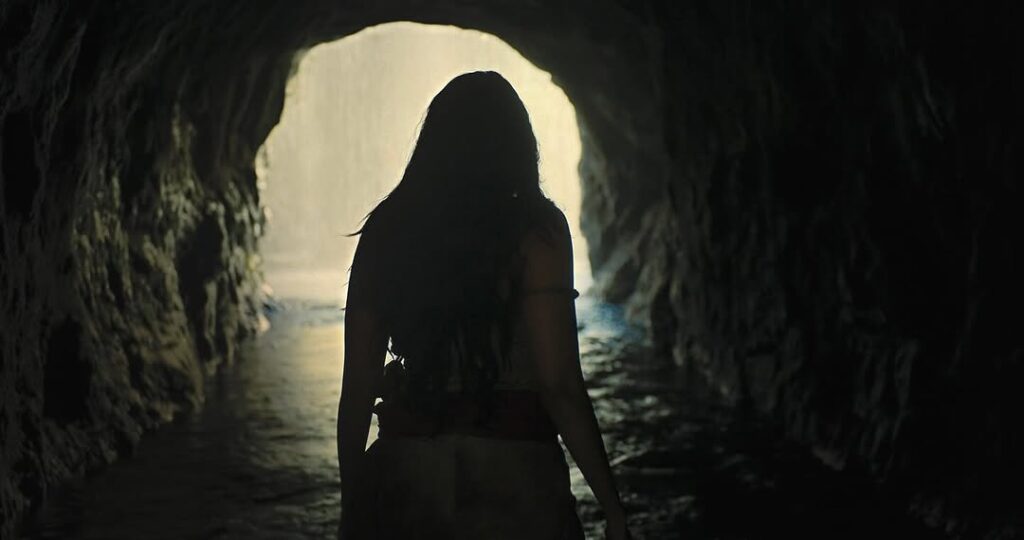
“Once I heard the story idea of Lokah, I immediately felt this was not a small film. The images of a neon-lit city gradually turning darker came to my mind. But the biggest challenge was to keep this female-led superhero material as rooted as possible through every craft. At the core, I saw Chandra and Sunny as opposites—Moon and Sun. That became my foundation for the color palette: cooler tones for Chandra, warmer tones for Sunny, with red as a recurring symbol of blood, tying into the vampire narrative.
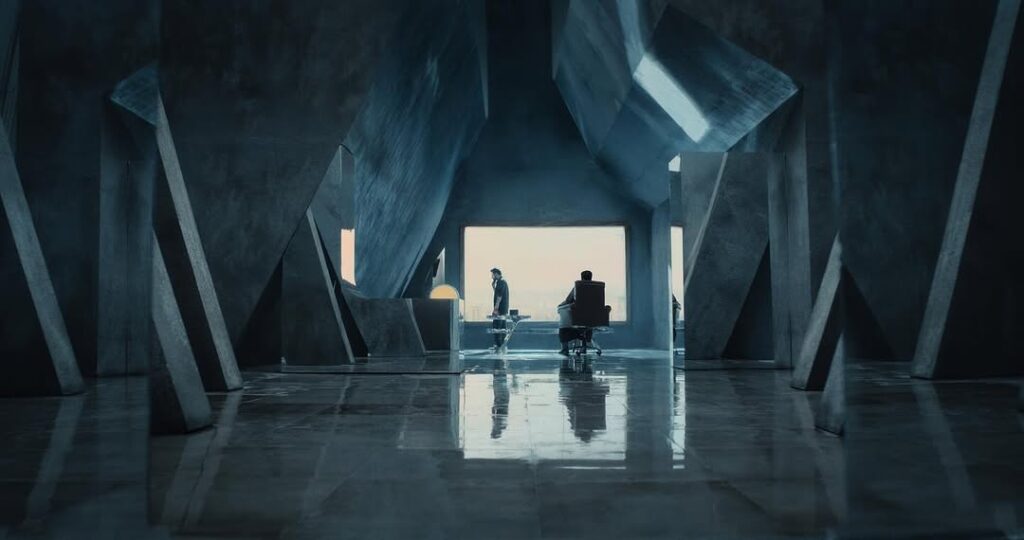
We kept things deceptively simple yet layered. Technically, the film stands apart from Hollywood superhero films because we didn’t follow their visual grammar. Instead, we chose to highlight the emotional arc more than just the action. One key decision was to shoot in 1.85:1 flat ratio, which gave us greater vertical scope for jumps, flights, and the physicality of characters.
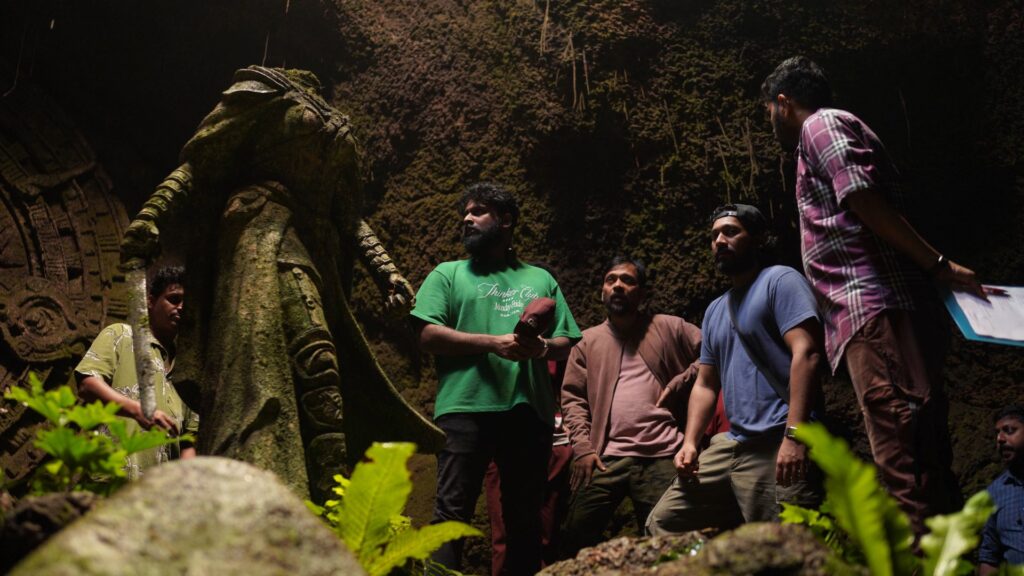
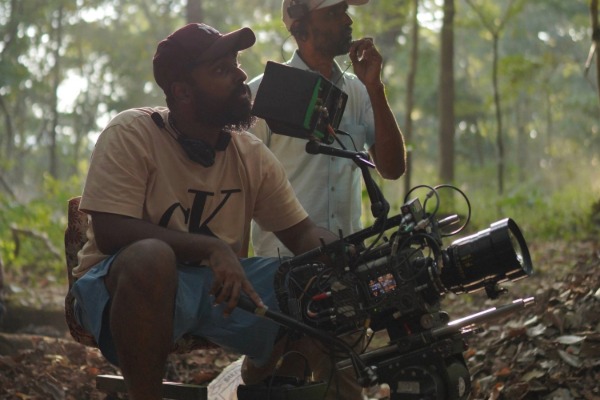
I’ve always been a Cooke person. I started with the S4/i, then S5/i, 7/i, and now the S8/i. For Lokah, the Cooke S8/i paired with the Sony Venice 2 was the perfect choice.
We didn’t rely on heavy post tweaking, just refinement. For interiors and night scenes, I mostly worked at T2.8, while day sequences were around T5.6. That balance gave the film its depth and texture. I’ve yet to try the Cooke anamorphics, but that’s a journey I’m looking forward to.
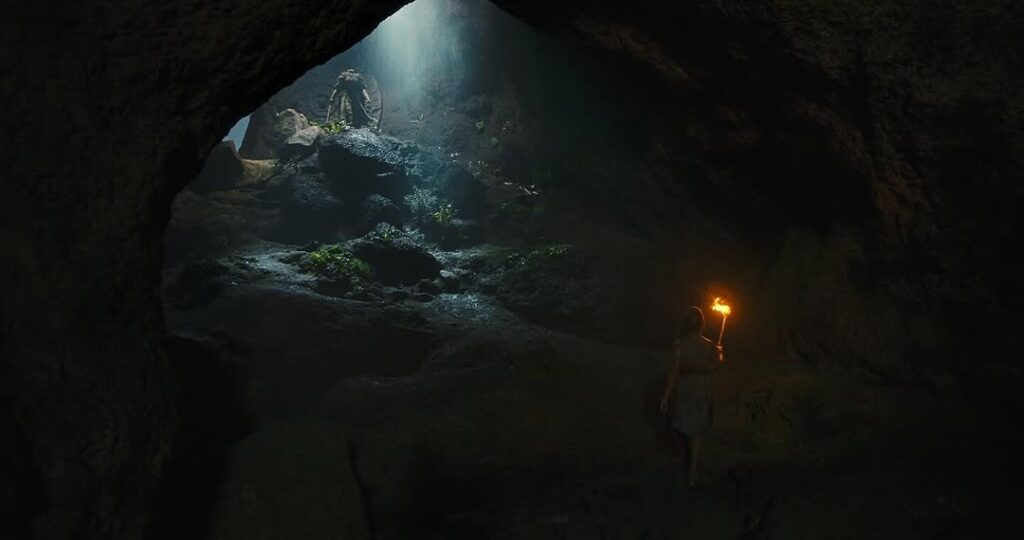
Lokah: Chapter One – Chandra marks a turning point: a superhero saga built around a female protagonist, envisioned with visuals that are bold, rooted, and emotionally charged.
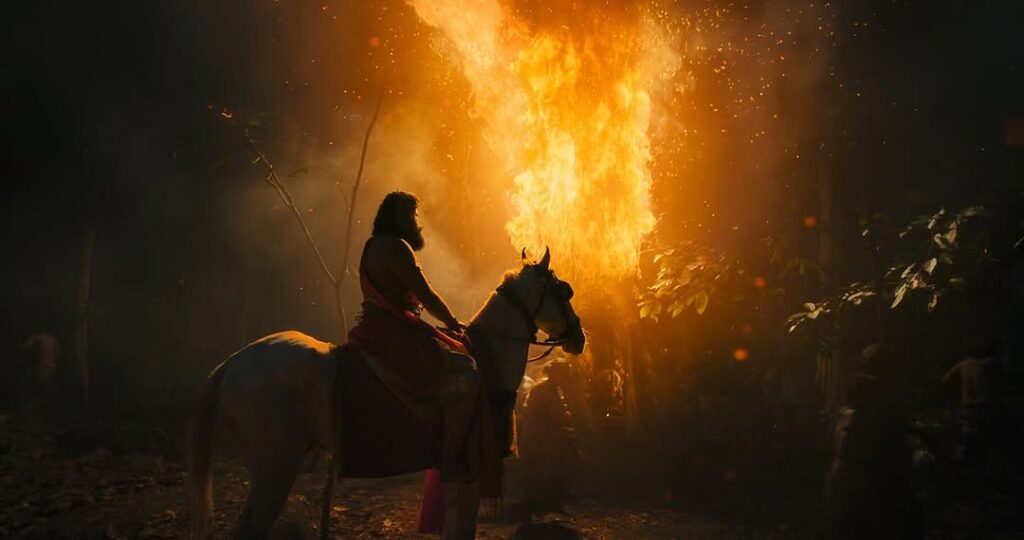
Through Nimish Ravi’s lens, the film proves that Indian cinema can reinvent genres on its own terms—grounded in culture, yet universal in appeal. None of this would have been possible without director Dominic Arun’s bold vision, which dared to craft a superhero tale with emotional honesty, or without producer Dulquer Salmaan’s commitment to backing a story that challenges convention while reaching a mass audience.
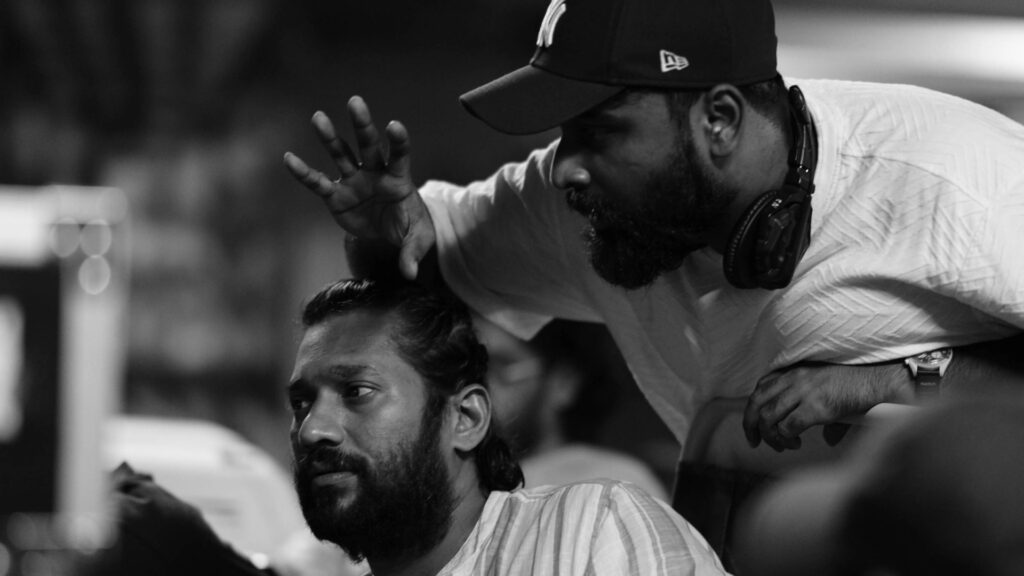
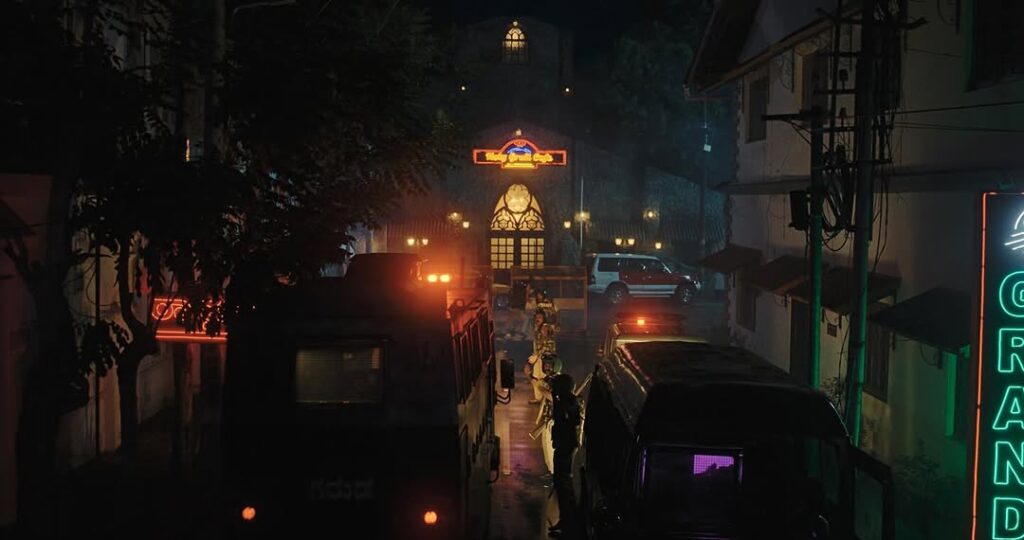
Together with Nimish Ravi’s cinematography, their collaboration has delivered not just a box office triumph, but a milestone for Indian superhero cinema.